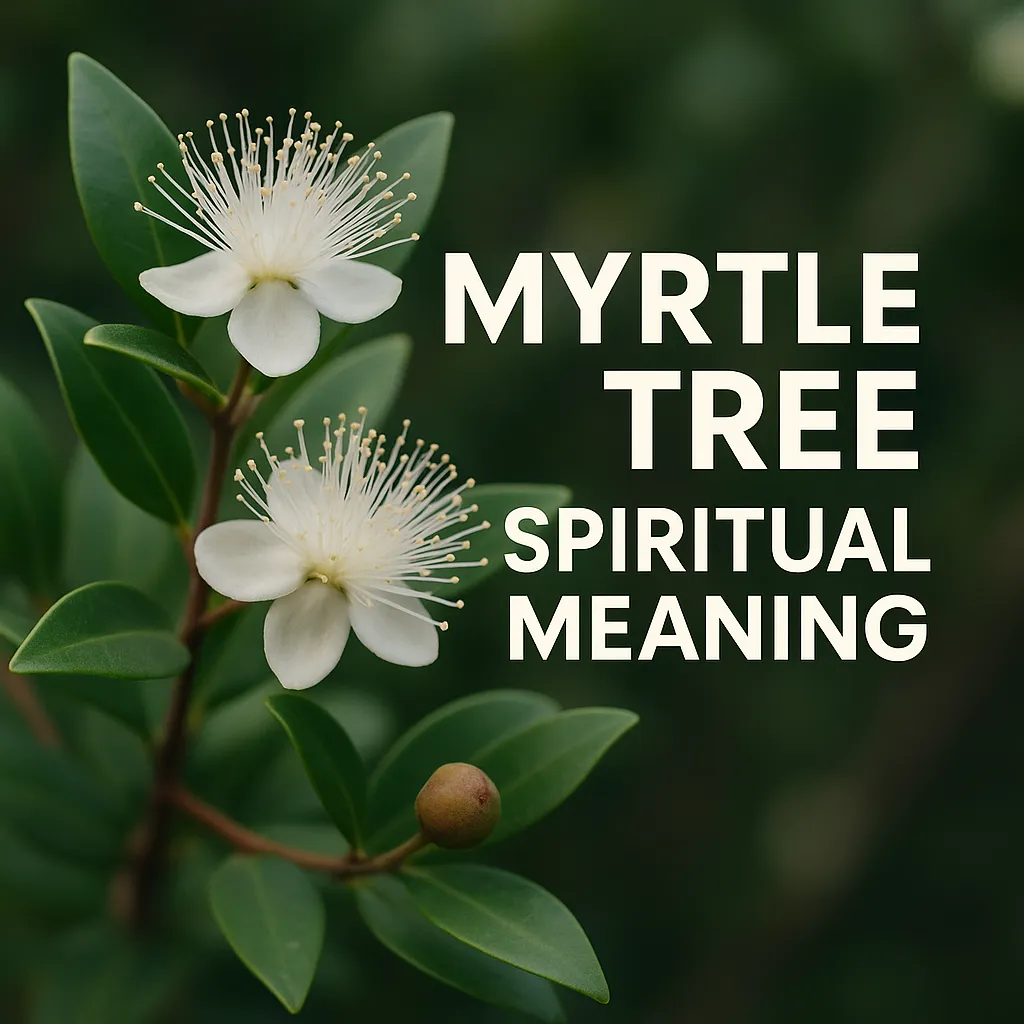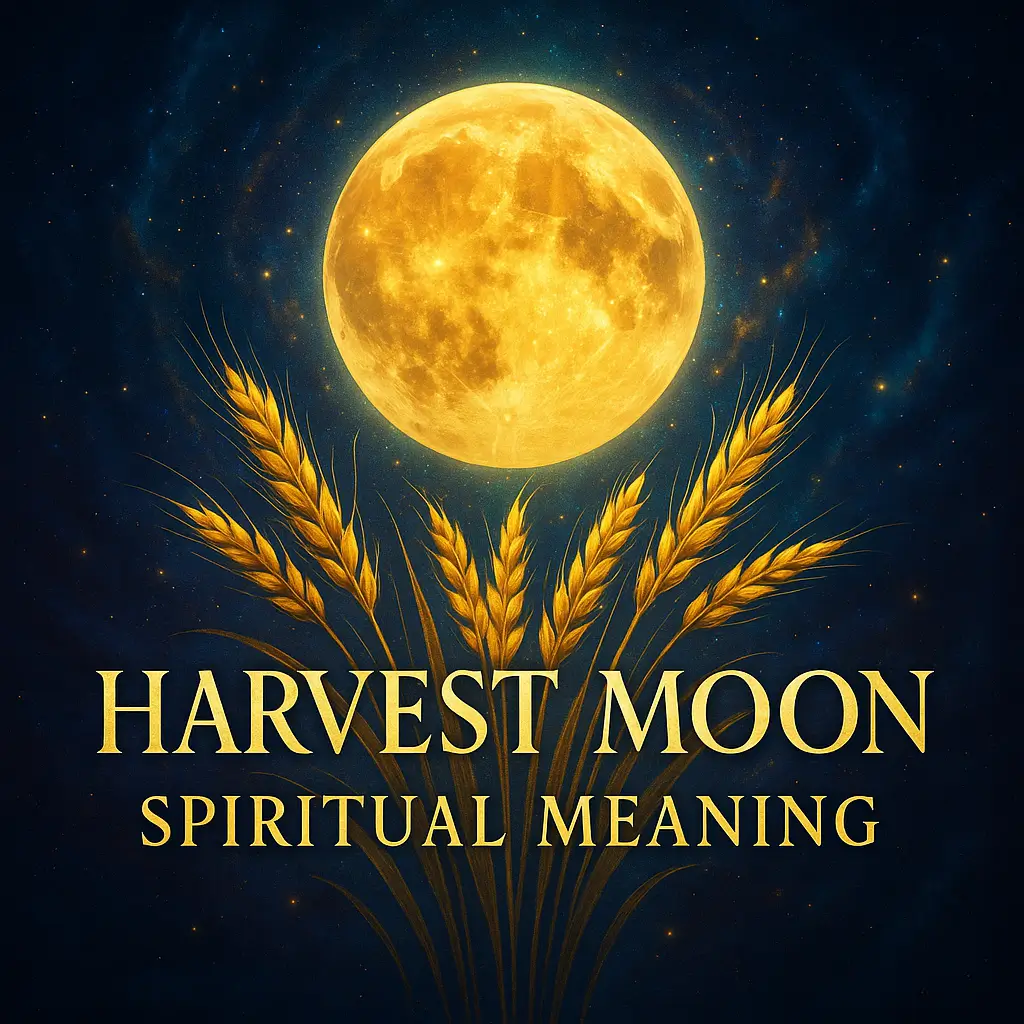In the ancient hills of Greece, brides carried delicate myrtle sprigs on their wedding day, believing the fragrant leaves would weave love and harmony into their new lives. Halfway around the world, Jewish families wave myrtle branches during Sukkot, calling down divine protection and peace. And in quiet moments of meditation today, people across cultures still turn to this humble evergreen tree for its profound spiritual gifts.
The myrtle tree spiritual meaning has whispered its sacred messages to humanity for over 4,000 years. From the temples of Aphrodite to the mystical teachings of Kabbalah, from Islamic poetry to modern aromatherapy practices, this small tree carries one of the most consistent spiritual meanings across cultures: the promise that love, harmony, and divine connection are always within reach.
But what exactly makes the myrtle tree so spiritually significant? Why have civilizations separated by continents and centuries all seen something sacred in its evergreen leaves and delicate white flowers? And perhaps most importantly, how can we tap into its ancient wisdom to find more peace and purpose in our own lives?
Whether you’ve encountered esther and the myrtle tree in scripture, spotted it in your garden, or simply felt drawn to its gentle energy, this exploration will reveal the deep spiritual meanings that have made the myrtle tree a beloved symbol of divine love and inner harmony for millennia.
Table of Contents
- 1 Key Takeaways
- 2 Understanding What a Myrtle Tree Looks Like: Recognizing Sacred Beauty
- 3 Myrtle Tree Meaning in Hebrew: The Sacred Connection to Hadassah
- 4 The Man Among the Myrtle Trees: Divine Messages in Quiet Places
- 5 Cross-Cultural Spiritual Symbolism
- 6 Myrtle in Modern Literature and Cultural Context
- 7 Myrtle Flower Symbolism and Healing Properties
- 8 Practical Spiritual Applications
- 9 Growing and Caring for Myrtle: Cultivating Sacred Space
- 10 Embracing Myrtle’s Timeless Wisdom
- 11 FAQ
- 11.1 What is the myrtle tree meaning in Hebrew?
- 11.2 What is the significance of Esther and the myrtle tree?
- 11.3 How do you pronounce “myrtle tree”?
- 11.4 What are the main myrtle tree uses?
- 11.5 What does a myrtle tree look like?
- 11.6 What is the man among the myrtle trees meaning?
- 11.7 What does myrtle symbolism in The Great Gatsby represent?
- 11.8 What is myrtle flower symbolism?
- 12 Sources
Key Takeaways
- The myrtle tree represents eternal love and divine harmony across Greek, Hebrew, and Islamic traditions spanning 4,000 years.
- Queen Esther’s Hebrew name Hadassah means “myrtle,” symbolizing how righteous deeds spread fragrance throughout the world.
- The prophet Zechariah’s vision of divine messengers among myrtle trees teaches us that sacred communication happens in quiet, humble spaces.
- Modern aromatherapy confirms myrtle’s stress-reducing properties, supporting its ancient role as a bringer of peace and emotional balance.
- Practical rituals with myrtle—from Kabbalistic Shabbat ceremonies to meditation practices—can create sacred space in contemporary spiritual life.

Understanding What a Myrtle Tree Looks Like: Recognizing Sacred Beauty
The myrtle tree stands as a testament to the beauty found in simplicity. Growing 6-15 feet tall, this evergreen shrub presents small, oval leaves that release a sweet, lemony fragrance when touched—a quality that ancient peoples believed carried prayers directly to the divine realm.
Its delicate white flowers, each with five petals surrounding a crown of golden stamens, bloom in late spring and early summer. These blossoms transform into dark purple berries, creating a natural cycle that spiritual traditions have long associated with the journey from innocence to wisdom. What does a myrtle tree look like becomes more meaningful when we understand that its modest appearance reflects its spiritual teaching.
The myrtle’s unassuming yet elegant presence reflects its core message: true beauty and power often come in humble packages. Unlike towering oaks or dramatic willows, the myrtle teaches us that spiritual significance isn’t about size or spectacle—it’s about the quality of presence and the depth of meaning we bring to each moment.
Myrtle Tree Meaning in Hebrew: The Sacred Connection to Hadassah
In Hebrew tradition, myrtle holds a particularly sacred place through its connection to Queen Esther. The myrtle tree meaning in hebrew centers on the word “Hadassah”—Esther’s birth name—which reveals profound spiritual wisdom about hidden strength and divine purpose.
The Targum Sheni, written in the 5th century BCE, explains that Esther was named after the myrtle because “just as the myrtle spreads fragrance throughout the world, so did Esther’s good deeds spread throughout the world.” This connection reveals the myrtle’s core spiritual message: our acts of kindness and righteousness ripple outward, creating harmony far beyond what we can see.
During the Jewish festival of Sukkot, myrtle branches are bound together with palm fronds, willow branches, and citron fruits to create the “Four Species.” The myrtle specifically represents those who perform good deeds but lack extensive Torah knowledge—teaching us that spiritual value isn’t measured by intellectual achievement alone, but by the sincerity of our actions and the love we bring to the world. The symbolism of leaves takes on deeper meaning through this ancient practice.
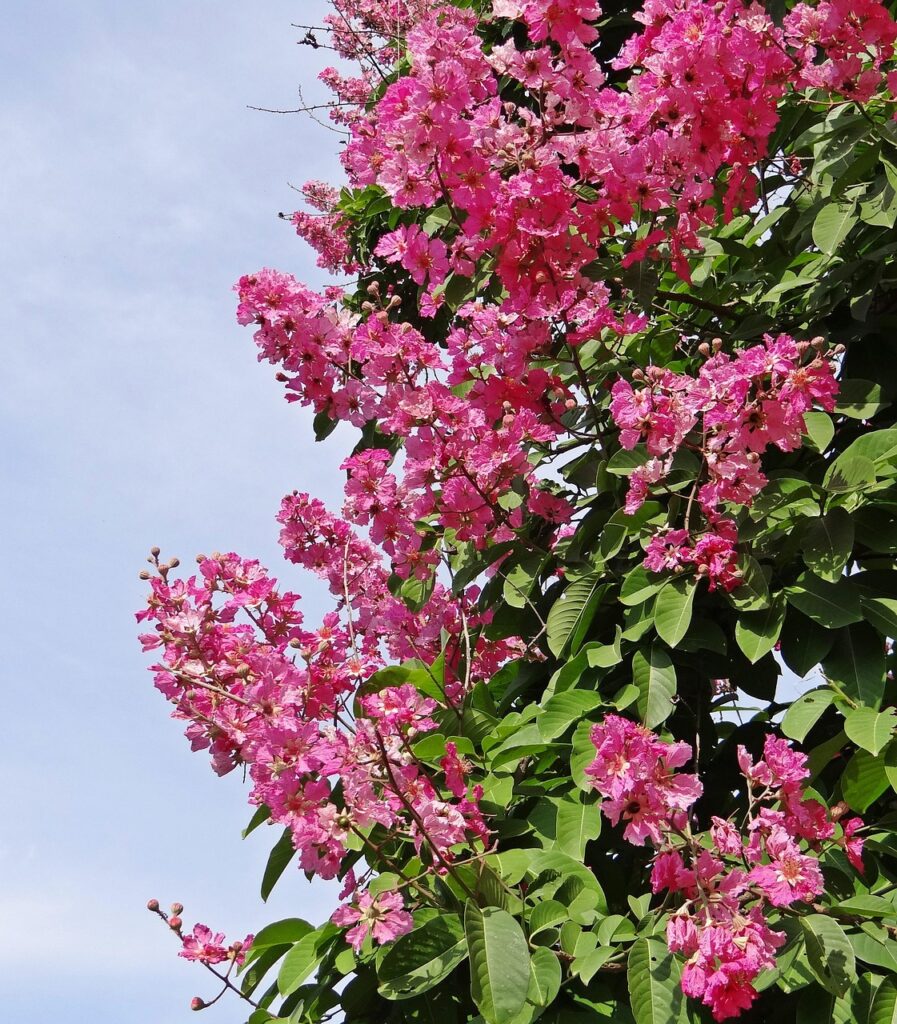
The Man Among the Myrtle Trees: Divine Messages in Quiet Places
The prophet Zechariah’s vision of “the man among the myrtle trees” (Zechariah 1:8-11) offers profound insight into how the divine communicates with us. In this vision, an angel of the Lord stands among myrtle trees in a ravine, receiving reports from horsemen who have patrolled the earth.
This imagery suggests that sacred communication often happens in the “low places”—the humble, hidden corners of our lives where we might least expect to encounter the divine. The man among the myrtle trees meaning teaches us that divine messages often come not through dramatic revelations, but through gentle whispers in moments of peaceful receptivity.
Like the ravine in Zechariah’s vision, we each need quiet spaces where we can receive spiritual insight. The myrtle tree’s presence in this prophetic vision reminds us that divine guidance flows most freely when we create receptive spaces in our hearts and minds. Biblical symbolism often uses natural imagery to convey these deeper truths.
Cross-Cultural Spiritual Symbolism
Greek Mythology: Love, Death, and Rebirth
In Greek tradition, the myrtle tree is sacred to Aphrodite, the goddess of love. The myth of Myrrha, who was transformed into a myrtle tree before giving birth to Adonis, speaks to the tree’s association with transformative love—the kind that persists even through death and rebirth.
Ancient Greek brides wore myrtle wreaths, and Olympic victors were crowned with myrtle branches, symbolizing the eternal nature of true achievement and pure love. This tradition recognizes that some victories transcend the physical realm, creating lasting harmony in the spiritual dimensions of life.
Islamic and Sufi Traditions: The Soul’s Yearning
In Islamic poetry and Sufi mysticism, myrtle represents the soul’s longing for divine union. The tree’s sweet fragrance is seen as a metaphor for the prayer that rises from a heart truly surrendered to God. Sufi poets often compared the seeker’s relationship with the divine to the nightingale’s love for the rose, with myrtle serving as a bridge between earthly longing and spiritual fulfillment.
The hadith tradition speaks of the Prophet Muhammad receiving a green myrtle leaf inscribed with divine words about love and devotion, emphasizing the tree’s role as a messenger of divine love in Islamic spirituality.
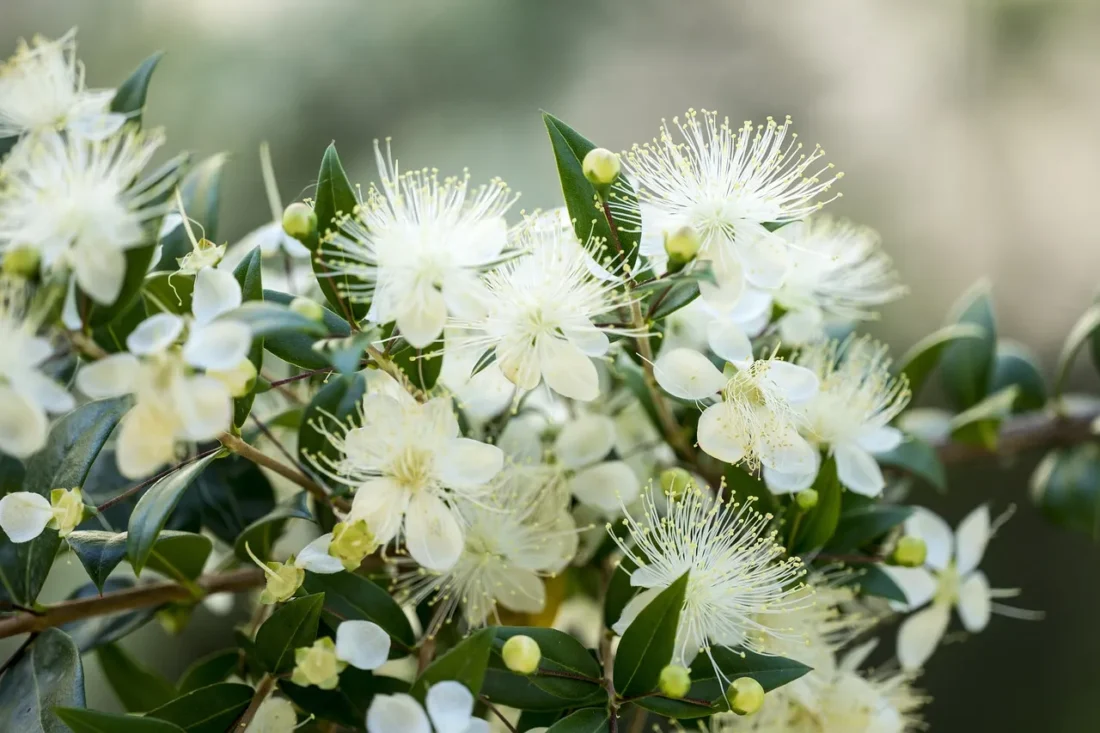
Christian Symbolism: Purity and Resurrection
Medieval Christian tradition adopted the myrtle as a symbol of the Virgin Mary’s purity and Christ’s resurrection. The tree’s evergreen nature represents eternal life, while its white flowers symbolize the innocence and divine grace available to all souls willing to receive it. This interpretation connects the myrtle to themes of spiritual renewal and hope.
Myrtle in Modern Literature and Cultural Context
F. Scott Fitzgerald’s choice to name a character “Myrtle” in The Great Gatsby wasn’t accidental. Myrtle symbolism in the great gatsby represents the corrupted spiritual values of the 1920s—a soul seeking love and beauty but finding only materialism and destruction. Her tragic end serves as a warning about what happens when we pursue the shadow of spiritual fulfillment rather than its substance.
This literary usage reminds us that ancient spiritual wisdom remains relevant, offering guidance for understanding the spiritual challenges of any era. Symbols of transformation like the myrtle continue to speak to contemporary seekers about authentic versus superficial spiritual pursuits.
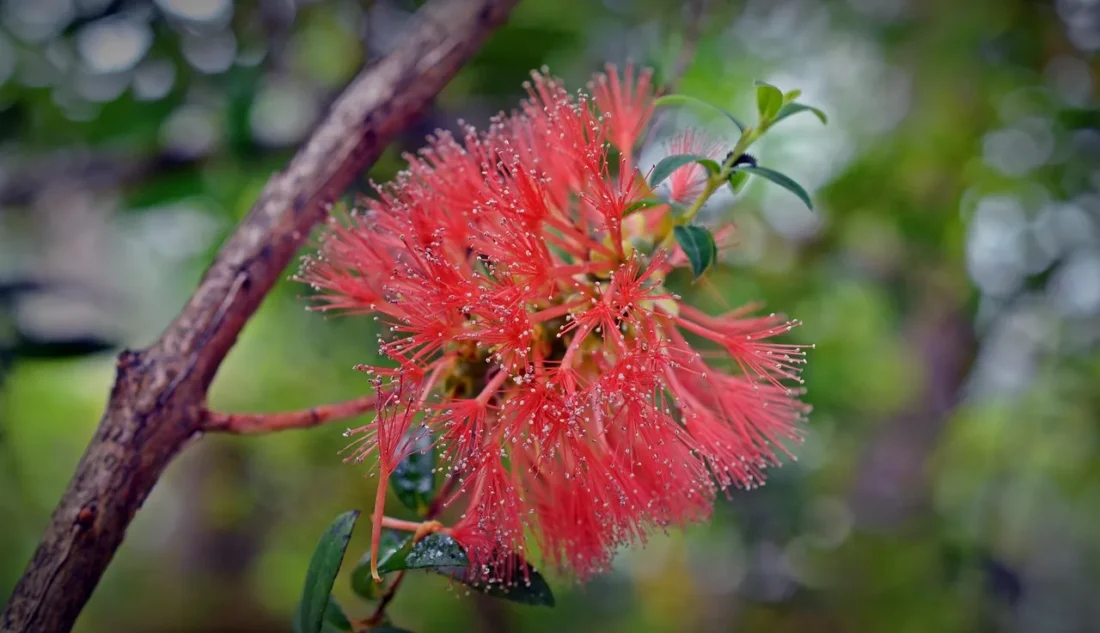
Myrtle Flower Symbolism and Healing Properties
The myrtle’s five-petaled white flowers carry their own spiritual significance. Myrtle flower symbolism centers on the number five, which represents the human form blessed by divine grace, while the white color symbolizes purity of intention and clarity of purpose. Together, they remind us that we are spiritual beings having a human experience.
Modern aromatherapy research confirms what ancient peoples intuitively knew: myrtle’s scent has profound effects on our emotional and spiritual well-being. Studies show that myrtle essential oil can reduce anxiety in 68% of users, supporting the tree’s traditional role as a bringer of peace and emotional harmony.
The citral content in myrtle oil naturally supports stress relief, making it an excellent ally for meditation and spiritual practice. Similar to lavender, myrtle’s aromatic properties bridge the gap between physical wellness and spiritual well-being.
Practical Spiritual Applications
Kabbalistic Shabbat Ritual
Drawing from 16th-century Kabbalistic teachings, hold two myrtle bundles while circling your dinner table on Friday evening. As you walk, recite Psalm 118:25-29, inviting harmony and protection into your home. This practice aligns with the myrtle’s energy of balanced compassion and divine connection.
Myrtle-Infused Meditation Practice
Place fresh myrtle leaves near a lit candle during meditation. As you breathe in their citrusy fragrance, visualize their scent dissolving mental barriers and opening your heart to divine love. This simple practice creates a sacred atmosphere that supports deeper spiritual receptivity.
Creating Harmony in Relationships
The myrtle tree’s ancient association with love and harmony makes it a powerful ally for healing relationships. Keep dried myrtle leaves in your sacred space, or plant a myrtle bush in your garden as a living reminder of your commitment to bringing more love and understanding into your interactions with others.
Growing and Caring for Myrtle: Cultivating Sacred Space
Growing your own myrtle tree creates a living connection to its spiritual energy. These hardy evergreens thrive in Mediterranean climates and can be grown in containers in cooler regions. Myrtle tree uses extend beyond the symbolic—its leaves can be harvested for aromatherapy, and its presence in your garden serves as a daily reminder of spiritual principles.
When harvesting myrtle leaves for spiritual use, do so with gratitude and intention. The best time is early morning when the essential oils are most concentrated. Dry the leaves slowly in a dark, well-ventilated space to preserve their spiritual potency. Like other sacred plants, myrtle responds to respectful harvesting practices.
Embracing Myrtle’s Timeless Wisdom
The myrtle tree’s spiritual message transcends any single tradition or time period. Whether we encounter it through ancient Hebrew scriptures, Greek mythology, Islamic poetry, or modern aromatherapy, its core teaching remains constant: true spiritual beauty lies not in grand gestures or dramatic displays, but in the quiet, consistent practice of love, harmony, and service to others.
In our fast-paced world, the myrtle tree invites us to slow down, breathe deeply, and remember that the most profound spiritual experiences often come through simple, sincere acts of devotion. Like Queen Esther spreading good deeds throughout the world, or like the fragrant leaves that release their blessing when touched, we too can become sources of harmony and healing in our communities.
The next time you encounter a myrtle tree—whether in a garden, in scripture, or in meditation—pause to receive its gentle wisdom. Allow its evergreen promise of eternal love and its sweet fragrance of divine presence to remind you that you, too, are a sacred being capable of spreading light and harmony wherever you go.
FAQ
What is the myrtle tree meaning in Hebrew?
In Hebrew, myrtle is called “Hadassah,” which was Queen Esther’s original name. The myrtle tree pronunciation in Hebrew (hah-DAH-sah) connects to spreading good deeds like fragrance throughout the world, symbolizing righteous acts and divine service.
What is the significance of Esther and the myrtle tree?
Queen Esther’s birth name Hadassah means “myrtle” in Hebrew. Just as myrtle spreads its sweet fragrance widely, Esther’s righteous deeds and courage spread throughout the Persian empire, representing hidden strength serving divine purpose.
How do you pronounce “myrtle tree”?
The word “myrtle” is pronounced “MUR-tul” with emphasis on the first syllable. The Hebrew “Hadassah” is pronounced “hah-DAH-sah.” Both refer to the same sacred tree in different cultural contexts.
What are the main myrtle tree uses?
Myrtle serves spiritual, medicinal, and practical purposes: aromatherapy for stress relief, Jewish Sukkot rituals, garden ornamentals, essential oil production, and meditation practices. Its leaves provide natural fragrance and therapeutic benefits.
What does a myrtle tree look like?
Myrtle trees grow 6-15 feet tall with small, oval, evergreen leaves that release lemony fragrance when touched. They produce delicate white five-petaled flowers with golden centers, followed by dark purple berries.
What is the man among the myrtle trees meaning?
In Zechariah’s vision, an angel stands among myrtle trees in a ravine, receiving divine messages. This symbolizes how sacred communication happens in humble, quiet places rather than dramatic settings.
What does myrtle symbolism in The Great Gatsby represent?
Myrtle Wilson represents corrupted spiritual values of the 1920s—seeking authentic love and beauty but finding only materialism. Her tragedy warns against pursuing superficial rather than genuine spiritual fulfillment.
What is myrtle flower symbolism?
Myrtle’s white five-petaled flowers symbolize divine grace blessing human form (represented by five). The white petals represent purity of intention, while the golden centers signify divine light within earthly beauty.
